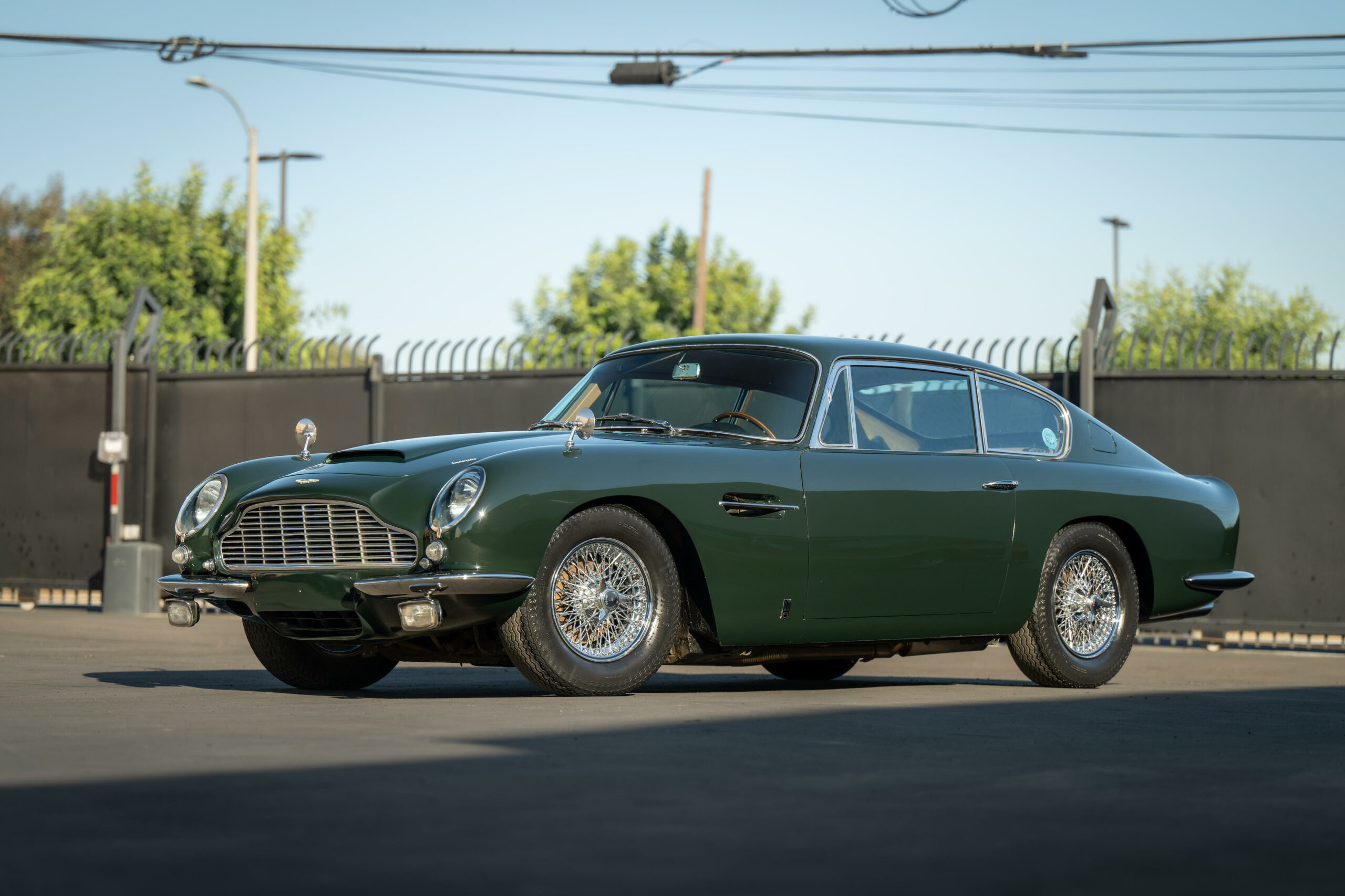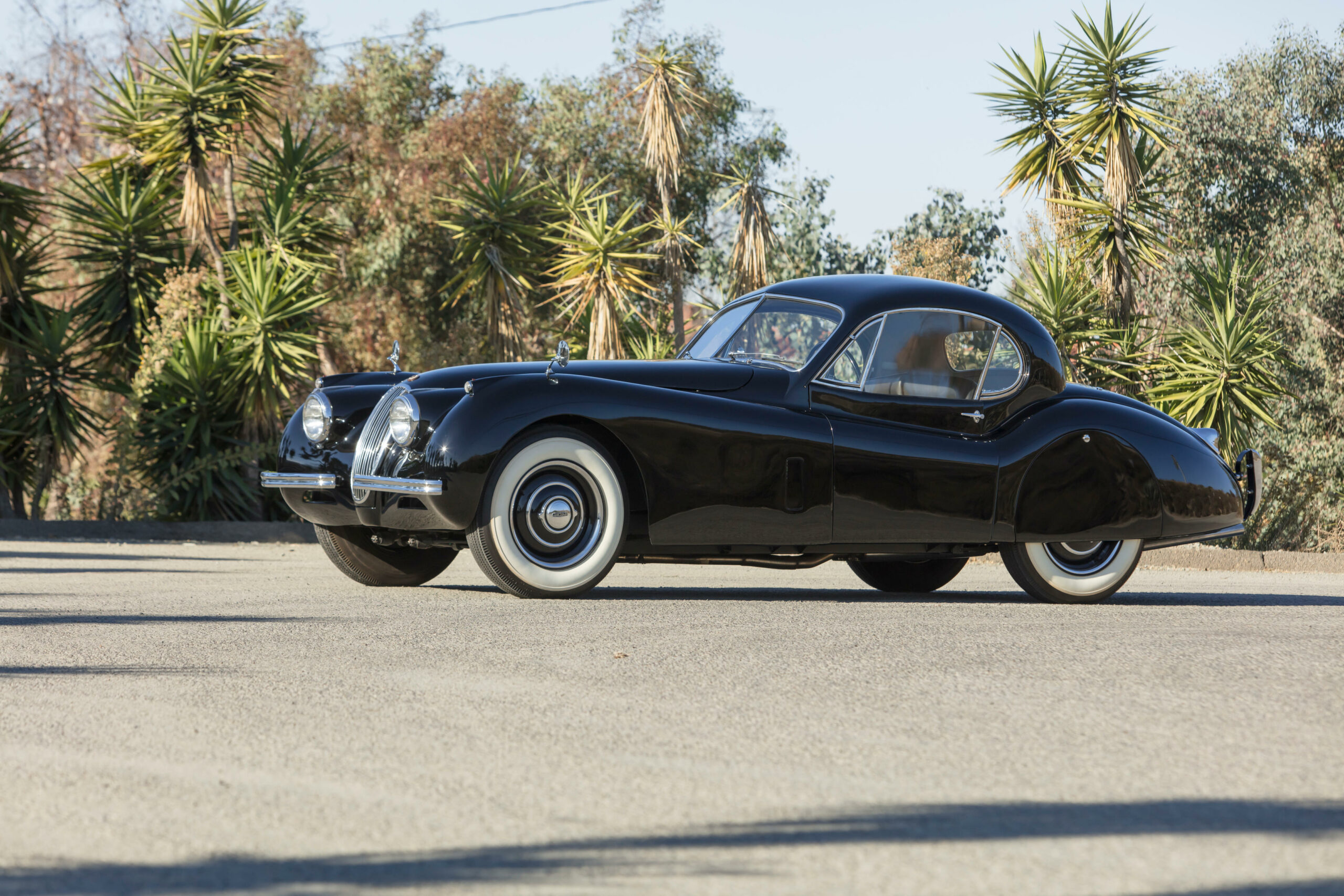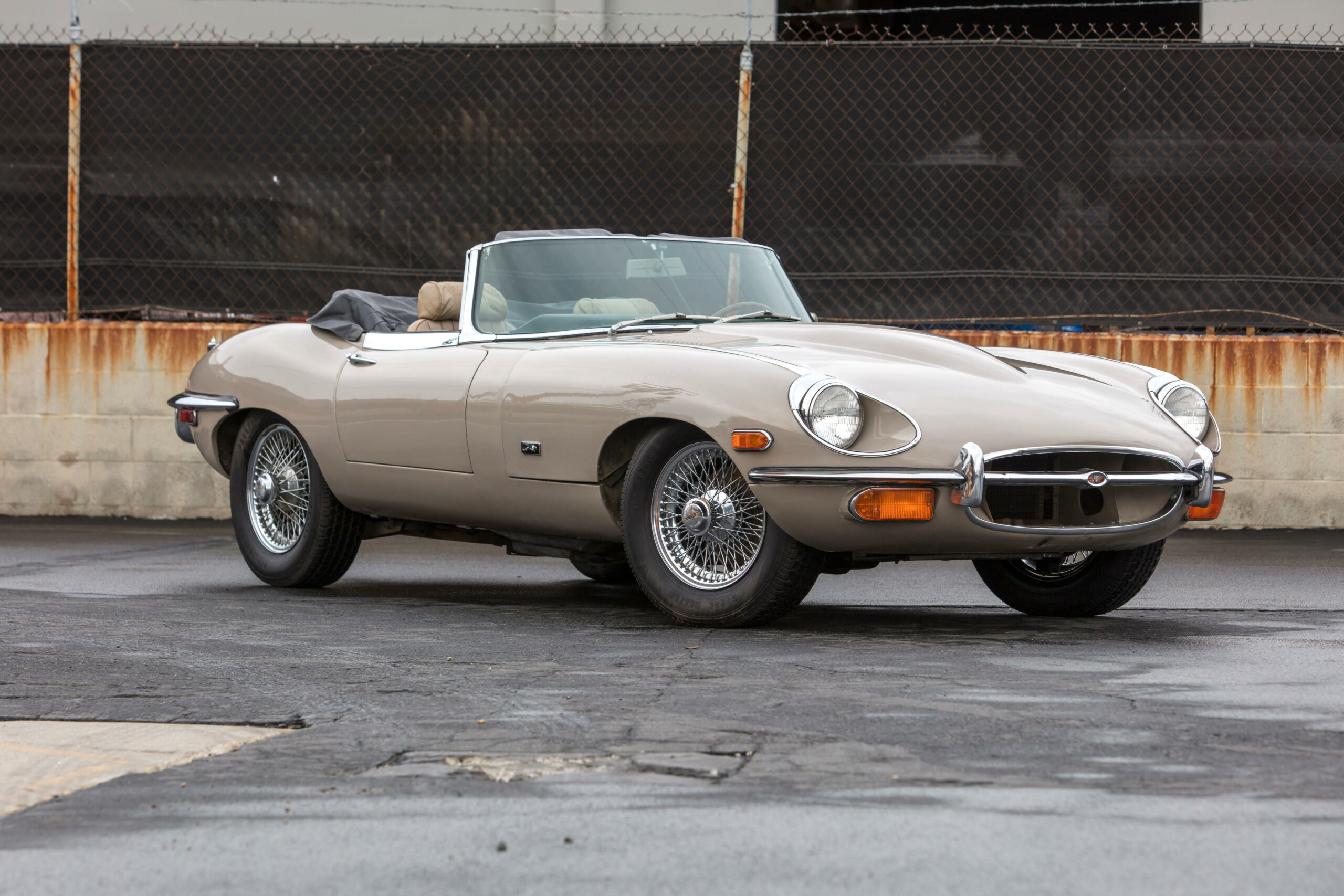Categories
- 1910s
- 1920s
- 1930s
- 1940s
- 1950s
- 1960s
- 1970s
- 1980s
- 1990s
- 2000s
- AMC
- Aston Martin
- Autobianchi
- Bentley
- BMW
- Bristol
- Buick
- Cadillac
- Chevy
- Chrysler
- Citroen
- Classic Cars
- Classic Hot Rods
- Classic Muscle Cars
- Classic Sports Cars
- Cunningham
- Davis
- Duesenberg
- Edsel
- Facel Vega
- Ferrari
- Fiat
- Ford
- Ghia
- Hillman
- Hudson
- Jaguar
- Kaiser
- Lamborghini
- Luxury Car
- Maserati
- Mercedes-Benz
- Moretti
- Packard
- Panhard
- Plymouth
- Porsche
- Reliant
- Rolls-Royce
- Studebaker
- Toyota
- Uncategorized
- Vespa
- Volvo
- Wolseley
The history of Jaguar is a tale of British automotive excellence, luxury, and performance. Founded in 1922 as the Swallow Sidecar Company by William Lyons and William Walmsley, the company would eventually become Jaguar and establish itself as an iconic name in the world of sports and luxury cars.
Jaguar initially started by producing motorcycle sidecars and later ventured into building automobile bodies for other manufacturers. By 1935, the company had evolved into S.S. Cars Limited, manufacturing its own cars, including the S.S. 100, a sports car that gained attention for its stylish design and performance.
In 1935, the company changed its name to Jaguar Cars Limited, inspired by the success of their previous model, and began producing vehicles under the Jaguar brand. The Jaguar name soon became synonymous with elegance and performance.
One of the most iconic moments in Jaguar’s history came with the introduction of the Jaguar XK120 in 1948. This sports car featured a powerful six-cylinder engine and a stunning design, earning it the title of the world’s fastest production car at the time. The XK120 established Jaguar’s reputation for producing high-performance vehicles.
In the 1950s, Jaguar dominated motorsport, particularly in endurance racing. The Jaguar C-Type and D-Type sports cars achieved multiple victories at the 24 Hours of Le Mans, solidifying the brand’s racing pedigree.
The 1960s brought the introduction of the Jaguar E-Type, often hailed as one of the most beautiful cars ever made. The E-Type combined stunning aesthetics with exceptional performance, becoming an instant classic and an automotive icon.
In 1966, Jaguar merged with the British Motor Corporation (BMC) to form British Motor Holdings (BMH). Subsequently, in 1968, BMH merged with Leyland Motor Corporation to create British Leyland, forming one of the largest automotive conglomerates in the United Kingdom.
The 1970s and 1980s saw Jaguar facing financial difficulties due to quality control issues and labor disputes. However, the brand continued to produce luxury saloons like the Jaguar XJ and the Jaguar XJS.
In 1989, Jaguar became an independent company once again when Ford Motor Company purchased a majority stake in the company. Ford’s ownership brought significant investment and a renewed focus on quality and innovation.
Under Ford’s ownership, Jaguar introduced the Jaguar XK and the Jaguar XF, blending modern technology with the brand’s timeless design and performance heritage.
In 2008, Tata Motors, an Indian automotive company, acquired Jaguar Land Rover (JLR) from Ford, forming Jaguar Land Rover as a subsidiary. This acquisition provided Jaguar with the financial stability and resources needed for further growth and development.
Today, Jaguar offers a range of luxury cars and SUVs, including the Jaguar F-Type, Jaguar XE, Jaguar XF, and the all-electric Jaguar I-PACE. The brand continues to emphasize its commitment to elegance, performance, and technological innovation.
Jaguar’s legacy is marked by its iconic design, racing success, and status as a symbol of British automotive craftsmanship. The brand’s enduring appeal lies in its ability to seamlessly blend performance and luxury, making it a coveted choice among enthusiasts and discerning drivers worldwide.






